Senor Hound
TPF Noob!
- Joined
- Apr 23, 2008
- Messages
- 1,425
- Reaction score
- 0
- Location
- La la land...
- Can others edit my Photos
- Photos OK to edit
I look at what it is and it says its a coloring system that has a broader array of colors that Standard RGB or sRGB. That sounds great, but then it also says that monitors and printers use sRGB and that using Adobe can throw off your colors. So, which one should someone use when photographing? I know it will depend entirely on what a person is shooting, but if you wouldn't mind explaining it, I'd appreciate it.







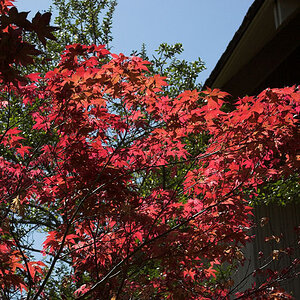
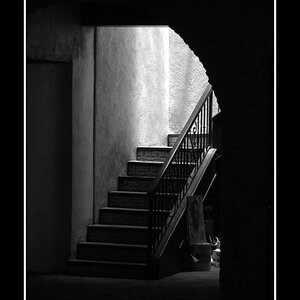
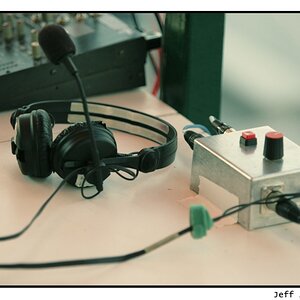


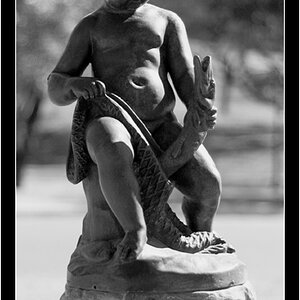
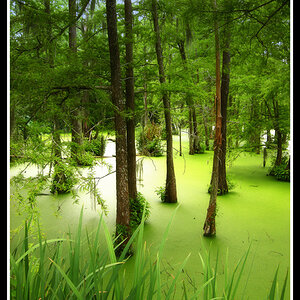



![[No title]](/data/xfmg/thumbnail/35/35223-d0fc07fee19dabe0456b4eeae54536fb.jpg?1619736957)